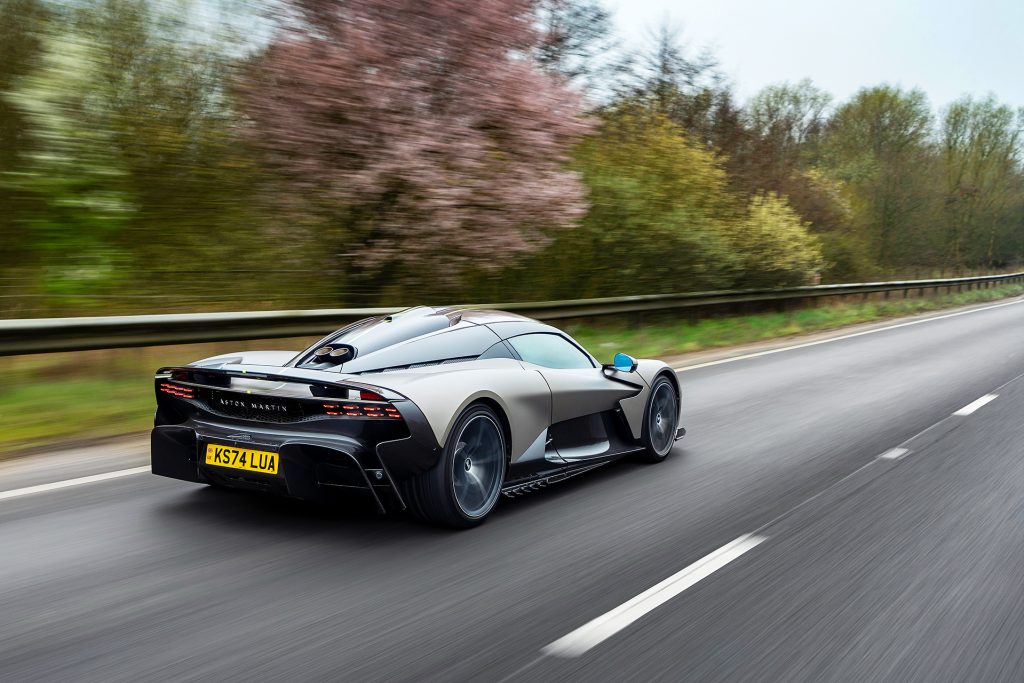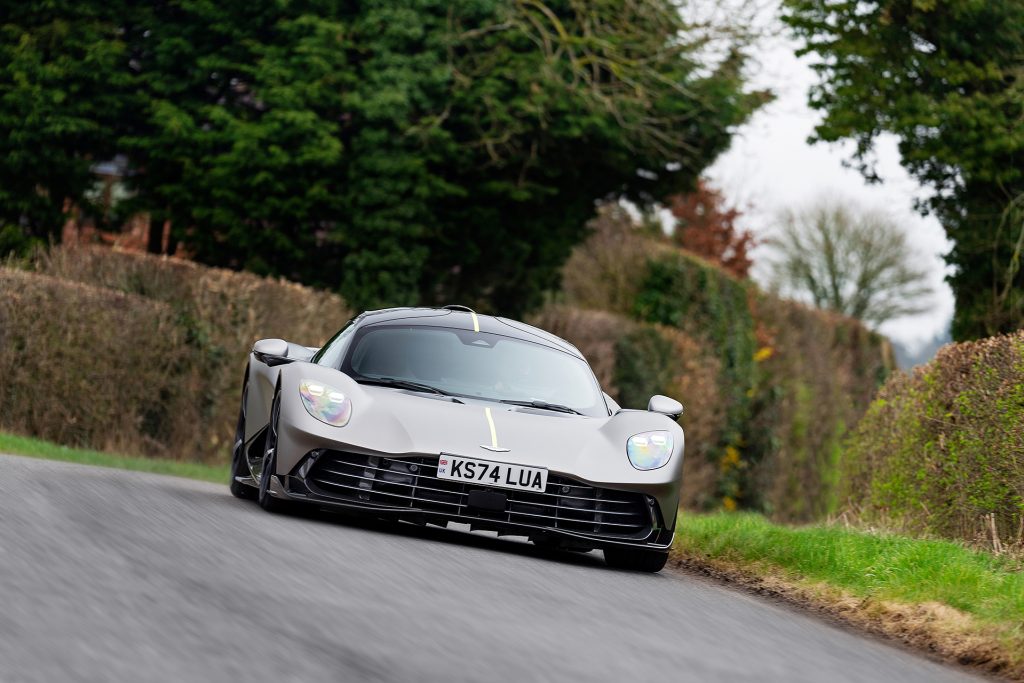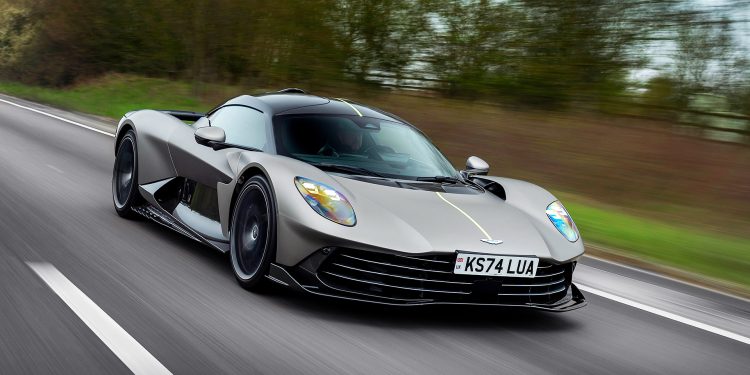Aston Martin Valhalla on final shake down
Aston Martin has released a few images of its Valhalla as it undertakes its final validation phase. With production set to commence in the second quarter of 2025, the mid-engined hybrid supercar is undergoing some final tests on both UK roads and Spain’s IDIADA proving ground.
Under the watchful eye of Aston Martin’s engineering team and three-time Le Mans class winner Darren Turner, the supercar is being fine-tuned across high-speed, wet, and dry handling circuits. Aston says key calibration work includes final sign-offs for steering, active aerodynamics, and the car’s thermal braking performance. Meanwhile, another prototype, finished in Satin Scintilla Silver with Lime Green livery, is tackling damper calibration on British roads.

Read more 2024 Aston Martin Vantage review
Read more 2004 Aston Martin Vanquish
“For the engineering and dynamics teams, the unprecedented dynamic bandwidth that distinguishes Valhalla from its rivals has presented many new opportunities during development,” said Simon Newton, Aston Martin’s Director of Vehicle Performance and Attributes. “With a combination of 1079PS and 1100Nm via the hybrid powertrain, extreme performance is a given. To harness and refine the power to deliver an exceptional supercar experience on both road and track has meant tireless work has gone into the integration of active aerodynamics and integrated control systems.”

The Valhalla represents a series of firsts for Aston Martin. It is the brand’s first series-production mid-engined supercar, the first plug-in hybrid, and the first model with dedicated EV range capability. It also debuts a bespoke 4.0-litre twin-turbo flat-plane crank V8 – the most potent V8 ever fitted to an Aston Martin – coupled with an all-new 8-speed Dual Clutch Transmission (DCT). Further adding to its technological arsenal, the Valhalla integrates an electronic rear differential (E-diff) and a twin-motor front axle for enhanced torque vectoring and all-wheel drive capabilities.
Aston says the Valhalla is a showcase of its expertise in both design and engineering and production is limited to 999 units.





